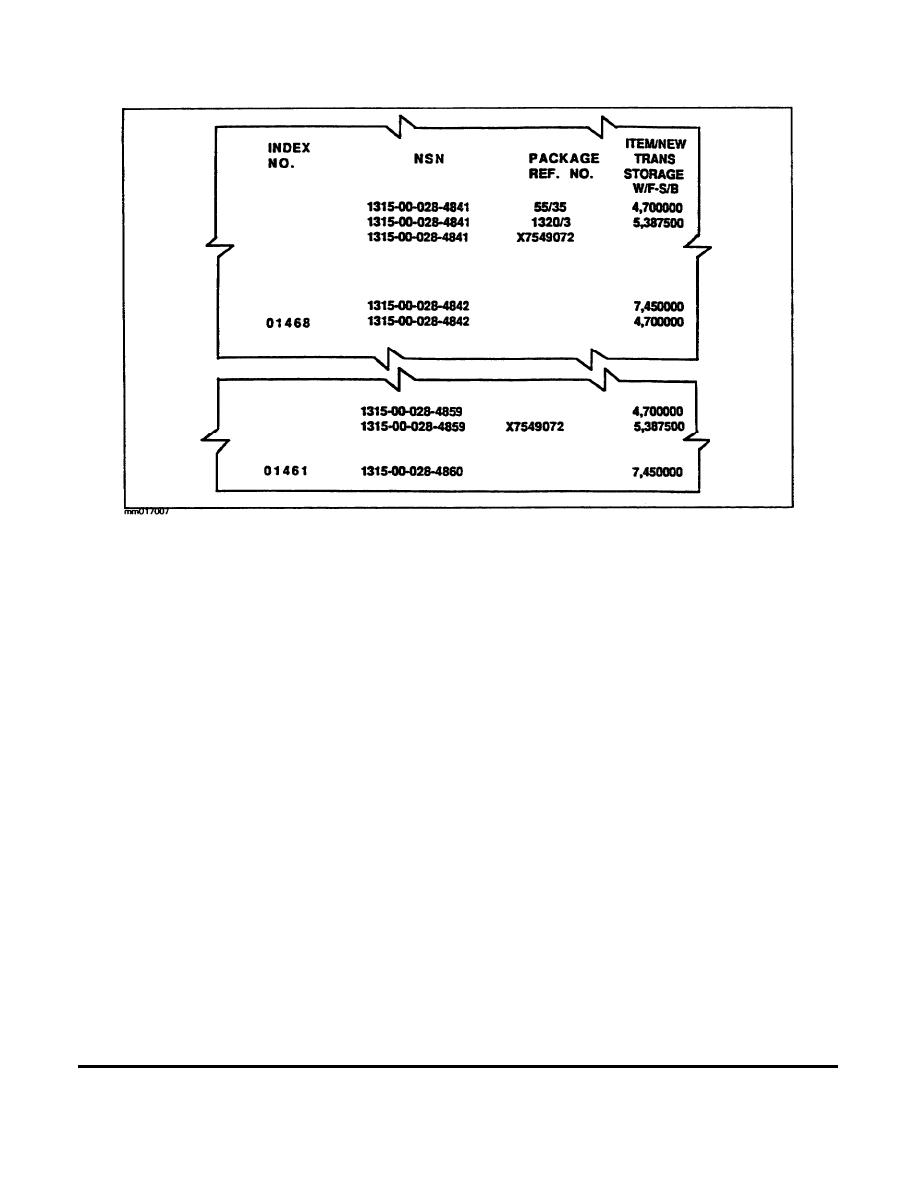
Figure 1-7. Sample entries from SB 708-4, Part VII.
this result from 80 to obtain the NEW of initiating explosives allowed for each detonation. You find that 10
rounds of C445 may be destroyed at one time at this site, with no more than 5.5 pounds of initiating explosives
used in each detonation.
In the previous example, there were 120 rounds to be destroyed. If all of the rounds to be destroyed are at the
destruction site, there are 110 rounds that must be temporarily stored.
Multiply the NEW per round, 7.45, by 110 rounds to be stored. The result is 819.5 pounds NEW. Next,
determine the quantity-distance (QD) class of the item by referring to the tables in Chapter 5 of TM 9-1300-206.
The ammunition in the example, cartridge, 105mm, HE without fuze, is Class (12) 1, division 2, that is, (12) 1.2.
As shown in Figure 1-8, it falls under "Ammunition, fixed and semi-fixed, 90mm through 106mm, loaded with
ammonal, amatol, explosive D, composition B, or TNT, except 105mm HEAT, M341."
Use Table 5-12 in TM 9-1300-206, shown in Figure 1-9, to find the QD. The total NEW in the example is 819.5
pounds, so the distance required from the detonation point to the temporary storage site is 600 feet. A reduction
in the NEW would not result in any reduction in the distance requirement. The use of barricades also does not
reduce the distance requirement, as it would for Class 1, division 1 ammunition.
DISPOSAL METHODS
Determining the Appropriate Disposal Procedure
The disposal of certain munitions may be accomplished by burning or by detonation. General procedures for each
disposal method are included in TM 9-1300-277. Specific procedures and additional requirements are included in
the specific demilitarization Depot Maintenance Work Requirement (DMWR) for the item.
1-13
MM0170



 Previous Page
Previous Page
